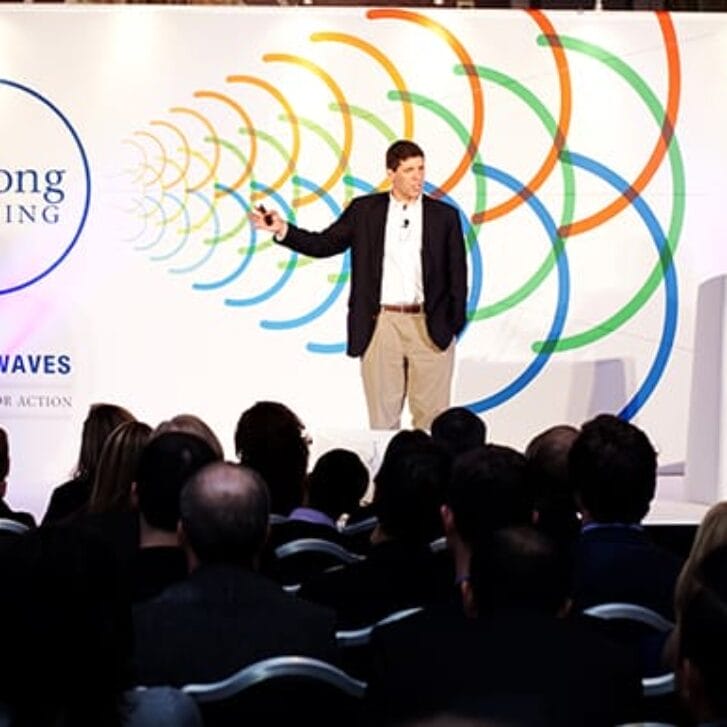Recently, I had the opportunity to do a Wharton Lifelong Learning session with some of our alumni in Sao Paulo. It gave me a chance to step back and think about how dramatically the technology and policy environments I study have changed in just a few years. I used to think the big-picture context was the digital revolution. Now, I believe, we should be talking about what comes after it.
PCs, digital communications networks and information-based products such as packaged software and DVDs have become essential in virtually every major industry over the past 30 years. Yet we’re quickly moving beyond them.
There are already almost as many smartphones and tablets in use worldwide than PCs: more than 1.6 billion. [Editor’s note: Gartner estimates the global installed base of PCs to be about 1.63 billion units].That’s astonishing when you realize the first mass-market smartphone, the iPhone, is only six years old. Meanwhile, the landline, circuit-switched phone system that connected the world and provided the foundations for the Internet is dying. Today, three fourths of U.S. households get their primary phone service from wireless devices or Internet Protocol technology, and the same pattern is repeating around the world. Finally, information products are giving way to information services, built on top of cloud computing platforms. Already, more than half of all public Internet traffic in the world is streaming video.
These three trends—the rise of mobile and connected devices, the emergence of a broadband network of networks and the growth of digital services—are synergistic. They feed on one another.

IBM CEO Thomas Watson believed worldwide demand was for five computers.
This creates huge opportunities for rapid growth. Take Supercell, a mobile games company based in Finland. In summer 2012, just two years after it was founded, it launched its first two games. By the end of 2012, its revenues were more than $100 million. In the first quarter of 2013, the company hit $179 million in revenues and $104 million in net profits. Last month, Softbank in Japan acquired a 51 percent stake for $1.53 billion in cash. And keep in mind, Supercell makes games that are free to play and generate revenues in small amounts through digital sales of virtual goods.
The danger is that just as companies can become big fast, they can also become small fast. With Nokia and Blackberry, we’ve already seen market-leading companies collapse in just a few years.
The problem is that it’s extremely hard for us to appreciate the scope of exponential change in technology.
In 1943, IBM CEO Thomas Watson said that he thought there was demand for five computers in the world. Based on the population at the time, that’s a ratio of devices to people of 0.000000002. In 1980, McKinsey & Co. estimated potential U.S. demand for mobile phones at 900,000 users, which is a ratio of 0.004 devices per person. (That underestimated the market by a factor of about 300.) In 2000, at the height of personal computer era, there were roughly 600 million PCs in a world of 6 billion people, a ratio of 0.1. At every point, our assumptions about the future proved wildly wrong.
Today, we’re at about one connected device per human on the planet. In 2020, according to Ericsson, there will be 50 billion connected devices. With a projected population of 8 billion, that implies a ratio of 6.5 devices per human. That’s nine orders of magnitude growth in less than 80 years.
And we keep assuming all the change is in the past!
The digital revolution gave us the world we live and work in today. But our task is to define the world of tomorrow.


























